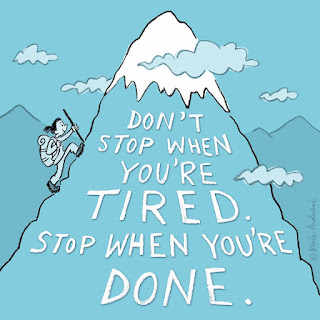Christmas gratitude
As we near the end of a wonderful Christmas day, things have quieted down a bit to leave time for reflection. We #GiveThanks for the great blessing of spending today with those we love most (in two different shifts). We are particularly blessed to be physically very close together right now as a family, and pray that blessing will last for many years.
One of the things I love at this time of year is pondering representations of the event commemorated on Christmas. Depictions in sculpture or painting date from the earliest times of Christianity, and have changed and varied through the centuries. Included here are four very diffenent ones; see the caption on each individual image for a few comments.
Scholars tell us that the images in most depictions of the Nativity, and what most of us probably have in our mind when we read the accounts, are probably not very accurate, and are usually romanticized and exaggerated. Does that detract from our appreciation of the events? I hope not. I think there is benefit in developing an accurate understanding of what really took place and what the circumstances likely were, to more fully appreciate the baby's birth and its meaning and importance; but in the meantime, we are blessed by having our attention drawn to one of the most sacred events of the history of the world.
I #GiveThanks for the birth of Jesus in Bethlehem, and for all that followed in His ministry, teachings, example, and ultimately, His Atonement on our behalf.
Left: Rembrandt's Adoration of the Shepherds, 1646 (possibly painted by a pupil). Typical baroque stable scene. Right: Gustave Doré's 1891 wood engraving for " La Grande Bible de Tours." I love the fine details of these etchings. Even the animals are paying attention.
A modern example, Brian Kershisnik's "Nativity", on display in BYU's Museum of Art. The work is massive, 17 feet long. A peaceful Mary nurses her baby as two women (midwives?) look on. Joseph is behind her, overcome with what, fatigue or emotion? Nearby a dog with pups seems intrigued by the scene. And above, the wave of angels! All ages and types, with a variety of expressions. They seem to be part of a flow of beings privileged to witness the miracle; those who are past on the right are already looking ahead. Were you and I part of that flow of beings who rejoiced at the event?







Comments
Post a Comment